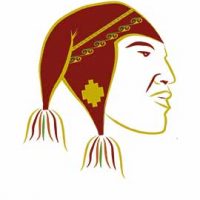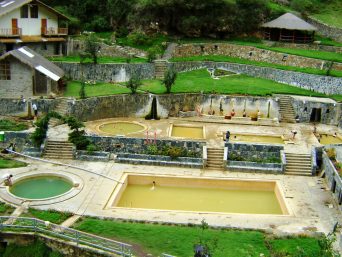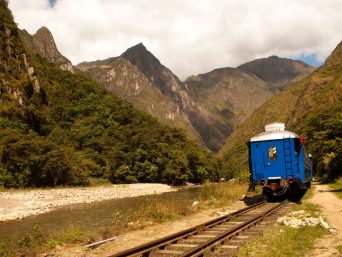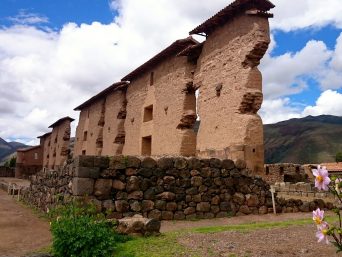Overview
Quechua agriculture is the set of techniques and knowledge used in the vast territory of “Tawantinsuyo”, that, during your meeting with these places, you will be able to understand the technology developed by the Andean people.
Overview
Day 1
Itinerary
- Pick up at the hotel.
- Visit of the land of the rainbow “chinchero”, place where its ancestors lived and formed the Quechua civilization. The Spanish built the actual church of “Our Lady of Monserrat” above the Inca Palace of Tupac Yupanqui. Chinchero has a rich monumental and cultural heritage that persists as if the spirit of a millenary culture clung to this place and refuse to disappear.
- After the visit of to the archeological place, we will go and observe the people of Chinchero that still continue to weave like the pre-incas and inca civilizations.
- Moray, a prototype of a greenhouse or biological experimental station, quite advanced for that time, helped the Quechua culture that bequeath around 60% of the vegetal products that we consume, such as different varieties of potato, maize. The name Moray is related to the harvest of Maize in the month of May which in Quechua is called "Aymoray" and the dehydrated potato called "Moraya.
- Visit to the “Salinas de Maras” - its existence dates back to pre-Inca times, where salt was a precious commodity and was a preserving element as in meat, fish and seafood "Charki".
- Lunch in Urubamba.
- Visit to the majestic alive Inca city of "Ollantaytambo". The word ollantaytambo comes from the word "ulla-nta-wi" meaning "place to look down". The word "tampu" was added by the Quechuas during the Inca empire. The small village is characterized by its colossal architecture, the originality and detail of its structures.
- Return to the place agreed.
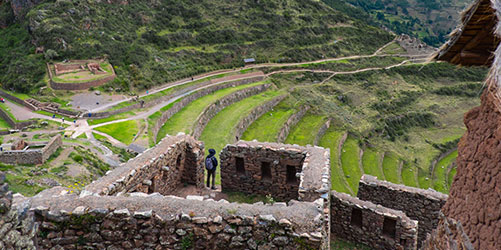
Include
- Professional Guides.
- Briefing.
- Transportation.
- Equipment.
Not Include
- Sleeping Bag.
- Inflatable Air Mattress.
- Walking Sticks (Pair).

